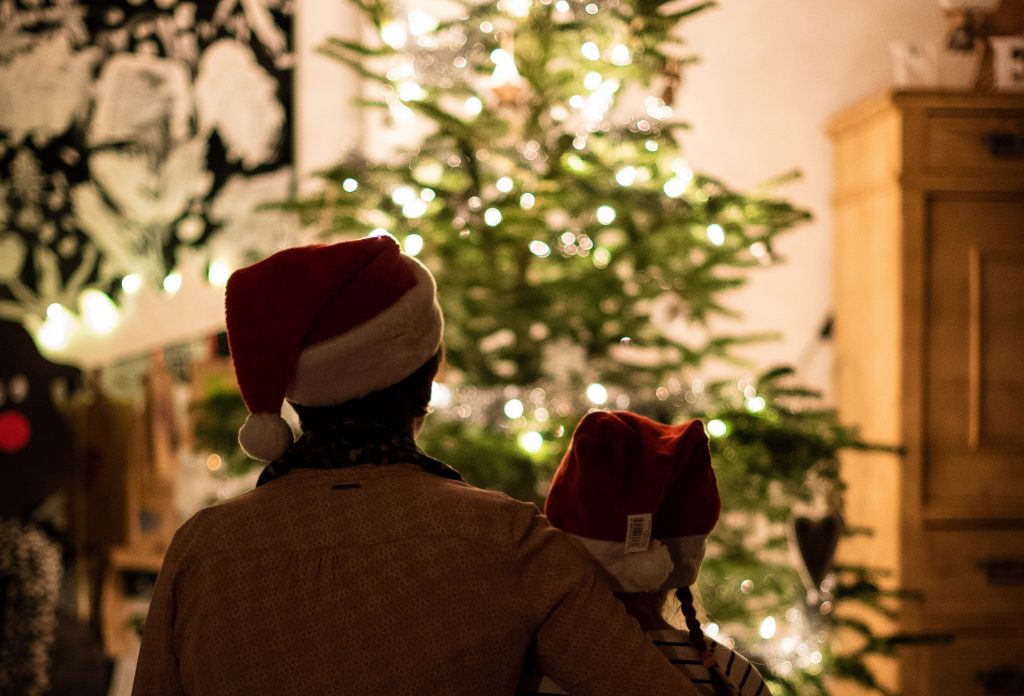It’s that time of the year I look out of the window and wonder what time of the day it is. When it’s dark when I wake up and dark when I go home. When I wish it was dark when it is not because the landscape looks so grey, dull, and barren. No, I am not a person enjoying late autumn in Finland (quite frankly, I know of no one who would do that, but please correct me if you are, would love to hear some tips about how to enjoy this crappy time of the year).

Since it’s unlikely I can change the darkness around us, I want to share some thoughts about making life worth living this time of the year, i.e. looking forward rather than being mentally stuck on how horrible the weather is (again) – that is preparing for Christmas! I love it when I can put up decorations, listen to Christmas carols, wrap presents, write Christmas cards and enjoy the outdoor lights in Helsinki. Not to forget having a hefty dose of mulled wine and gingerbreads!
One aspect I speculate might lie behind my enjoyment is the self-created looking forward to the experience to come. The more one engages in preparations, the more likely one is to focus on the process rather than the swiftly passing moment of Christmas Eve and Day. Studies have in fact shown that people who put up their Christmas decorations early on are in general happier (*), that people who put up Christmas decorations may intend to communicate to others that they are sociable and nice, and that people in fact consider these people as more amiable (Werner et al. 1989). Wonder whether there are any studies shedding light on how people who listen to Christmas music in October are perceived? Or start buying presents in January (I am an expert in this…)?
But what if you don’t have the time, energy or money to engage in the deliberated waiting, how can you get the most out of Christmas? One study reported that being with family and involving religious elements was positively related to happiness, whereas material aspects such as spending money and receiving gifts had a negative correlation with happiness, if they were predominant. Environmentally healthier behaviors were likewise linked to higher satisfaction. (Kasser and Sheldon, 2002).
Although Christmas is often portrayed as a feast of consumption (Clarke, 2007), and gift-giving is often portrayed as a central activity, giving does not, at least if it involves overspending, influence well-being – rather it causes stress. Hence, Christmas should be about family, searching for meaning and togetherness. These findings are in line with the suggestion that people should invest in experiences rather than material things, since the warm glow of experiences will make us happier afterwards (See Hellén and Gummerus, 2013). This also means that giving could perhaps take the form of doing things for others rather than simply purchasing stuff.
So – If Christmas (or any other official holiday for that matter) has been the worst time of your life, you are all alone, or you are not the smallest bit of religious, what to do then? Be kind to yourself and create your own rituals that bring joy to you. Create your own unique experiences like taking a midnight walk (remember a torch, reflectors and sturdy boots) to celebrate life. I am sure you just might have a fair chance of glimpsing a brownie’s cap, even in the rain!
Johanna Gummerus
Liikesivistysrahasto Associate Professor in Marketing
References
Clarke, P. (2007). A measure for Christmas spirit. Journal of Consumer Marketing, Vol. 24(1), pp. 8-17.
Hellén, K., & Gummerus, J. (2013). Re-investigating the nature of tangibility/intangibility and its influence on consumer experiences. Journal of Service Management, 24(2), 130-150.
Kasser, T., & Sheldon, K. M. (2002). What makes for a merry Christmas? Journal of Happiness Studies, 3(4), 313-329.
Werner C. M., Peterson-Lewis, S. and Brown, B. B. (1989). Inferences about homeowners’ sociability: Impact of christmas decorations and other cues. Journal of Environmental Psychology, 9(4), 279-296.
Image: Unsplash
